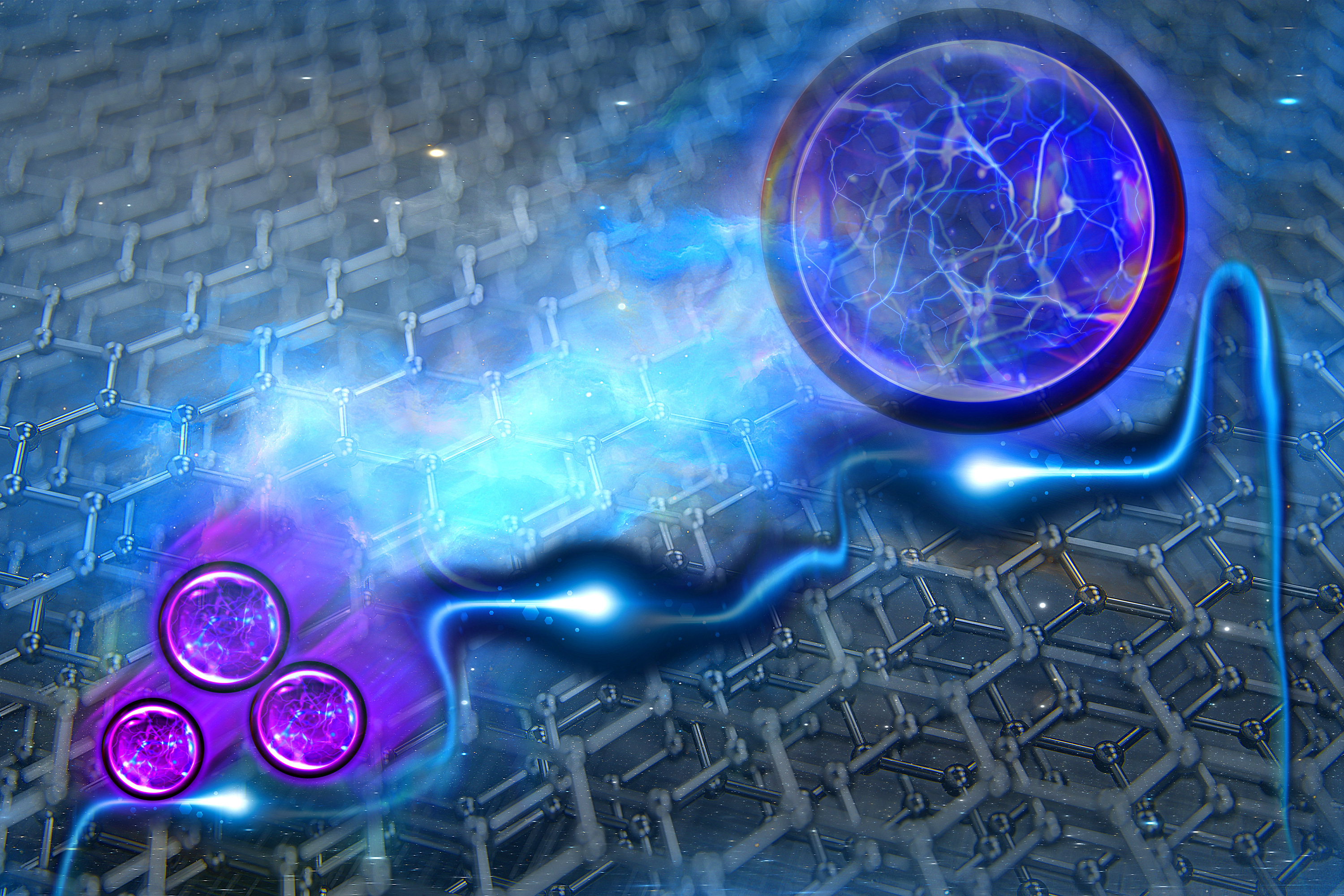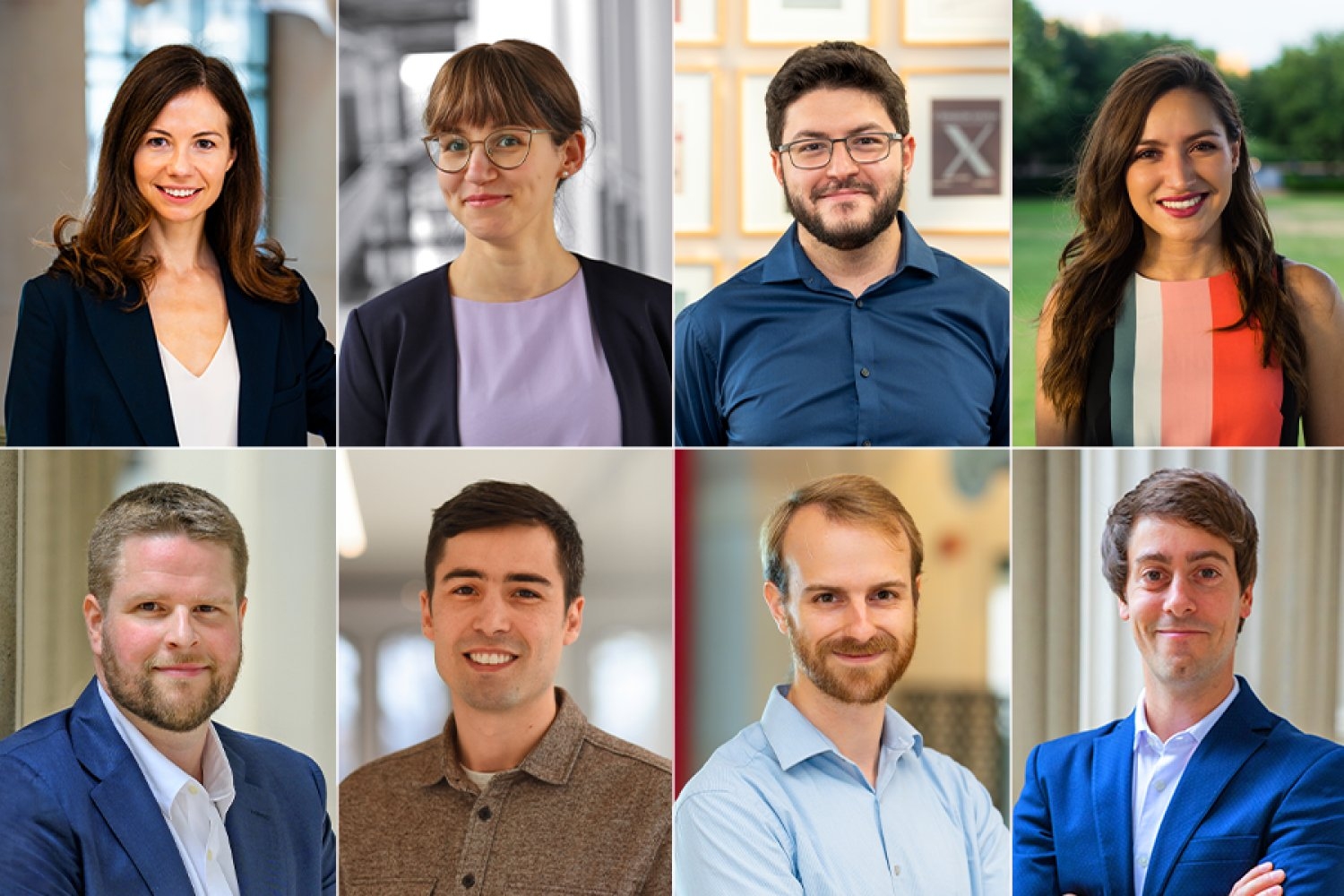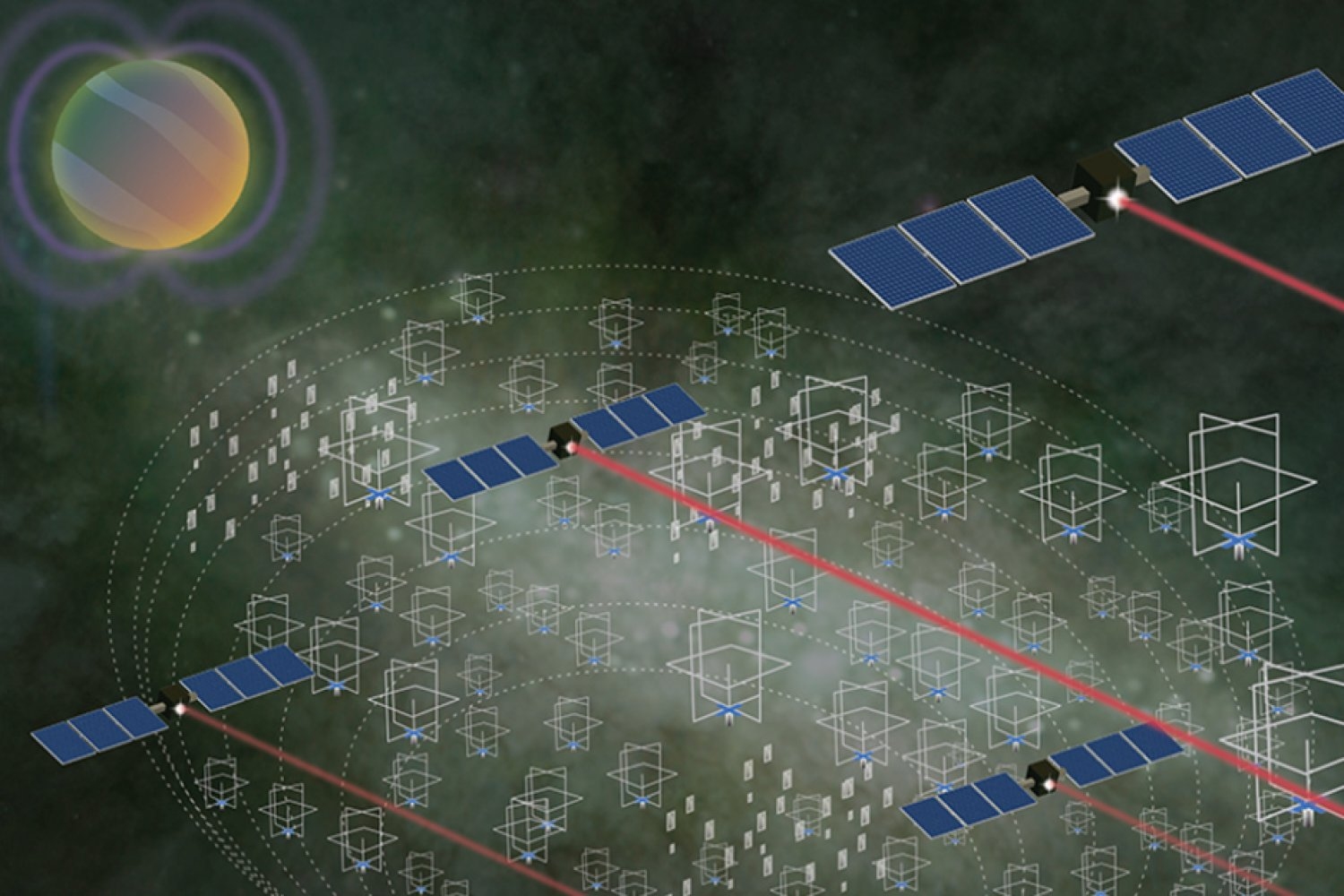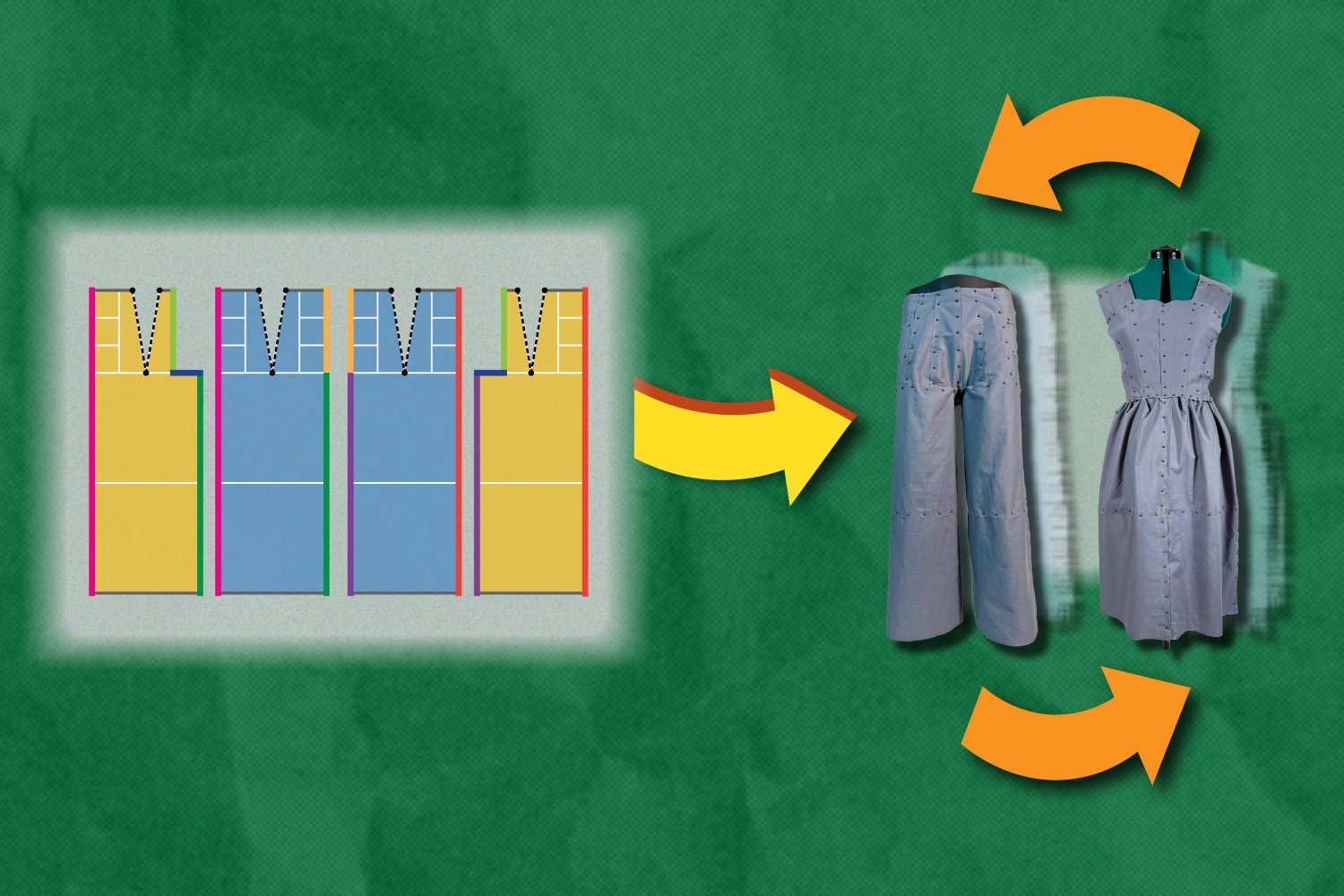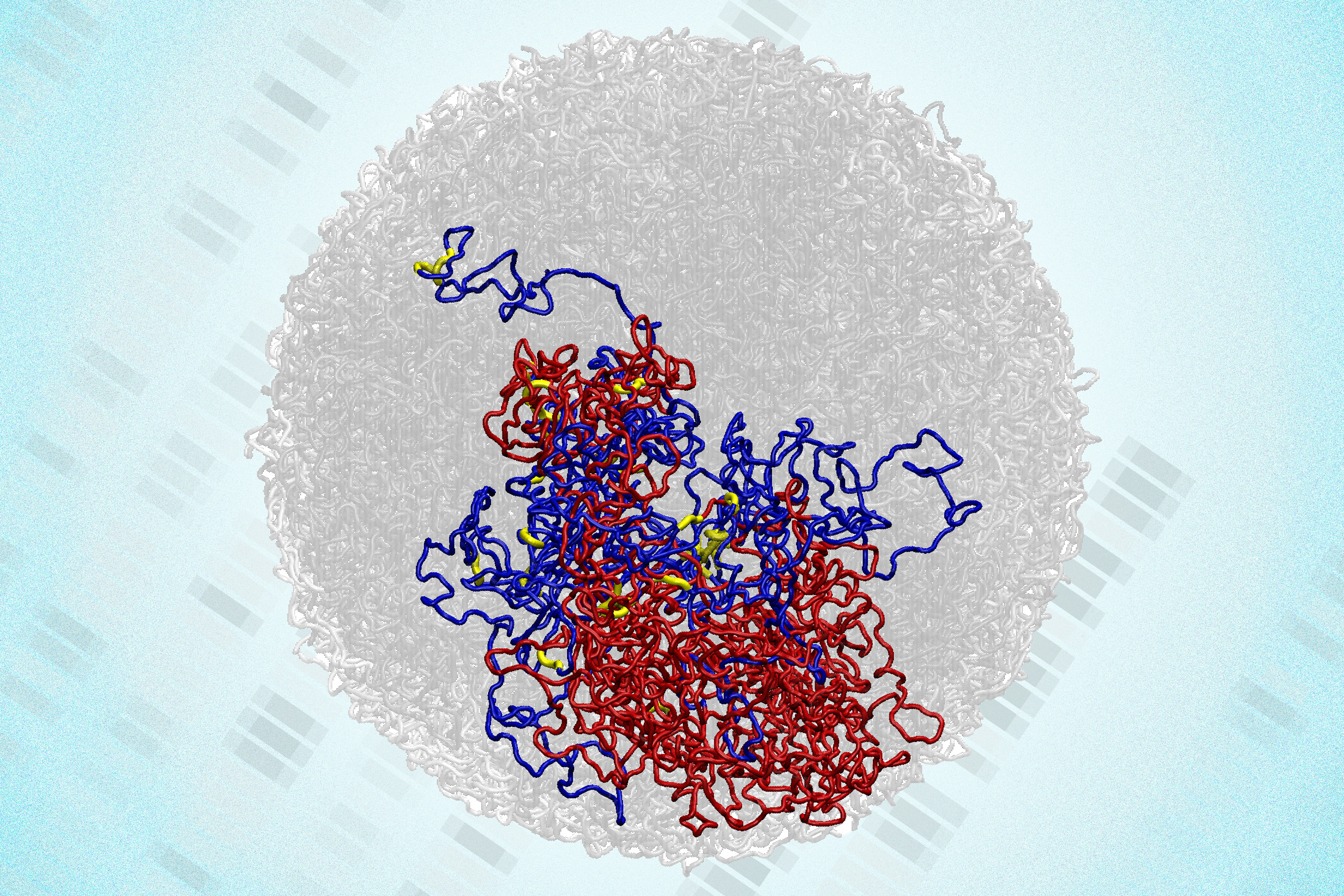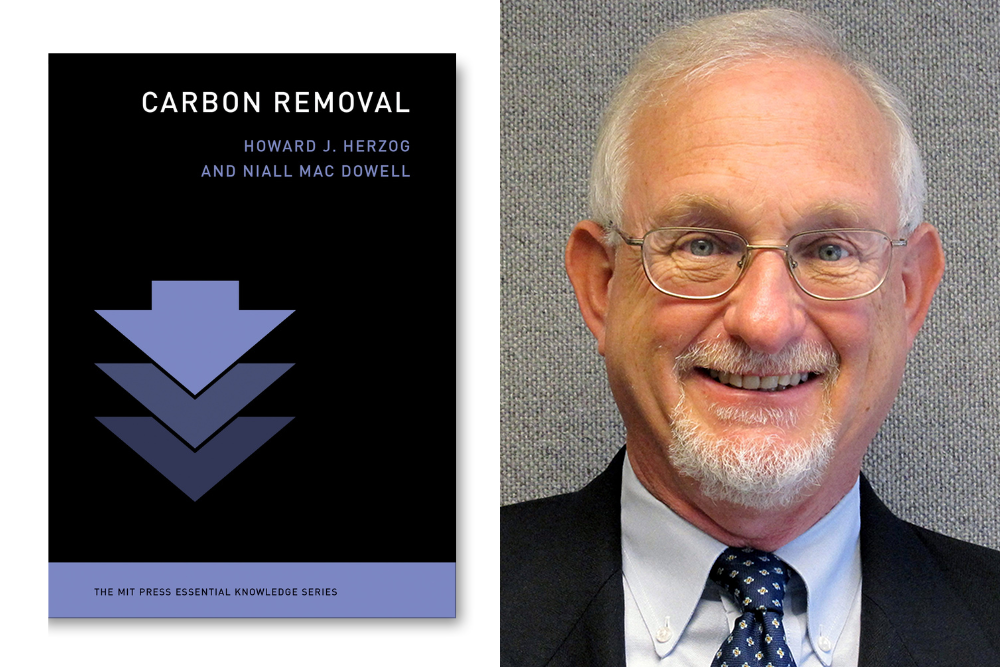MIT-affiliated physicists win McMillan Award for discovery of exotic electronic state
Last year, MIT physicists reported in the journal Nature that electrons can become fractions of themselves in graphene, an atomically thin form of carbon. This exotic electronic state, called the fractional quantum anomalous Hall effect (FQAHE), could enable more robust forms of quantum computing.
Now two young MIT-affiliated physicists involved in the discovery of FQAHE have been named the 2025 recipients of the McMillan Award from the University of Illinois for their work. Jiaqi Cai and Zhengguang Lu won the award “for the discovery of fractional anomalous quantum hall physics in 2D moiré materials.”
Cai is currently a Pappalardo Fellow at MIT working with Pablo Jarillo-Herrero, the Cecil and Ida Green Professor of Physics, and collaborating with several other labs at MIT including Long Ju, the Lawrence and Sarah W. Biedenharn Career Development Associate Professor in the MIT Department of Physics. He discovered FQAHE while working in the laboratory of Professor Xiaodong Xu at the University of Washington.
Lu discovered FQAHE while working as a postdoc Ju's lab and has since become an assistant professor at Florida State University.
The two independent discoveries were made in the same year.
“The McMillan award is the highest honor that a young condensed matter physicist can receive,” says Ju. “My colleagues and I in the Condensed Matter Experiment and the Condensed Matter Theory Group are very proud of Zhengguang and Jiaqi.”
Ju and Jarillo-Herrero are both also affiliated with the Materials Research Laboratory.
In addition to a monetary prize and a plaque, Lu and Cai will give a colloquium on their work at the University of Illinois this fall.
Latest MIT News
- School of Engineering welcomes new faculty in 2024-25The newest MIT engineering faculty are conducting research across a diverse range of subject areas.
- MIT Schwarzman College of Computing welcomes 11 new faculty for 2025The faculty members occupy core computing and shared positions, bringing varied backgrounds and expertise to the MIT community.
- Lincoln Laboratory and Haystack Observatory team up to unveil hidden parts of the galaxyA proposed telescope made of thousands of tiny, identical satellites will work together to reveal low-frequency radio waves in space.
- New software designs eco-friendly clothing that can reassemble into new itemsTo reduce waste, the Refashion program helps users create outlines for adaptable clothing, such as pants that can be reconfigured into a dress. Each component of these pieces can be replaced, rearranged, or restyled.
- In a surprising discovery, scientists find tiny loops in the genomes of dividing cellsEnabled by a new high-resolution mapping technique, the findings overturn a long-held belief that the genome loses its 3D structure when cells divide.
- Book reviews technologies aiming to remove carbon from the atmosphereIn “Carbon Removal,” Howard Herzog and Niall MacDowell assess proposed methods of removing carbon already in the atmosphere as a means of mitigating climate change.



